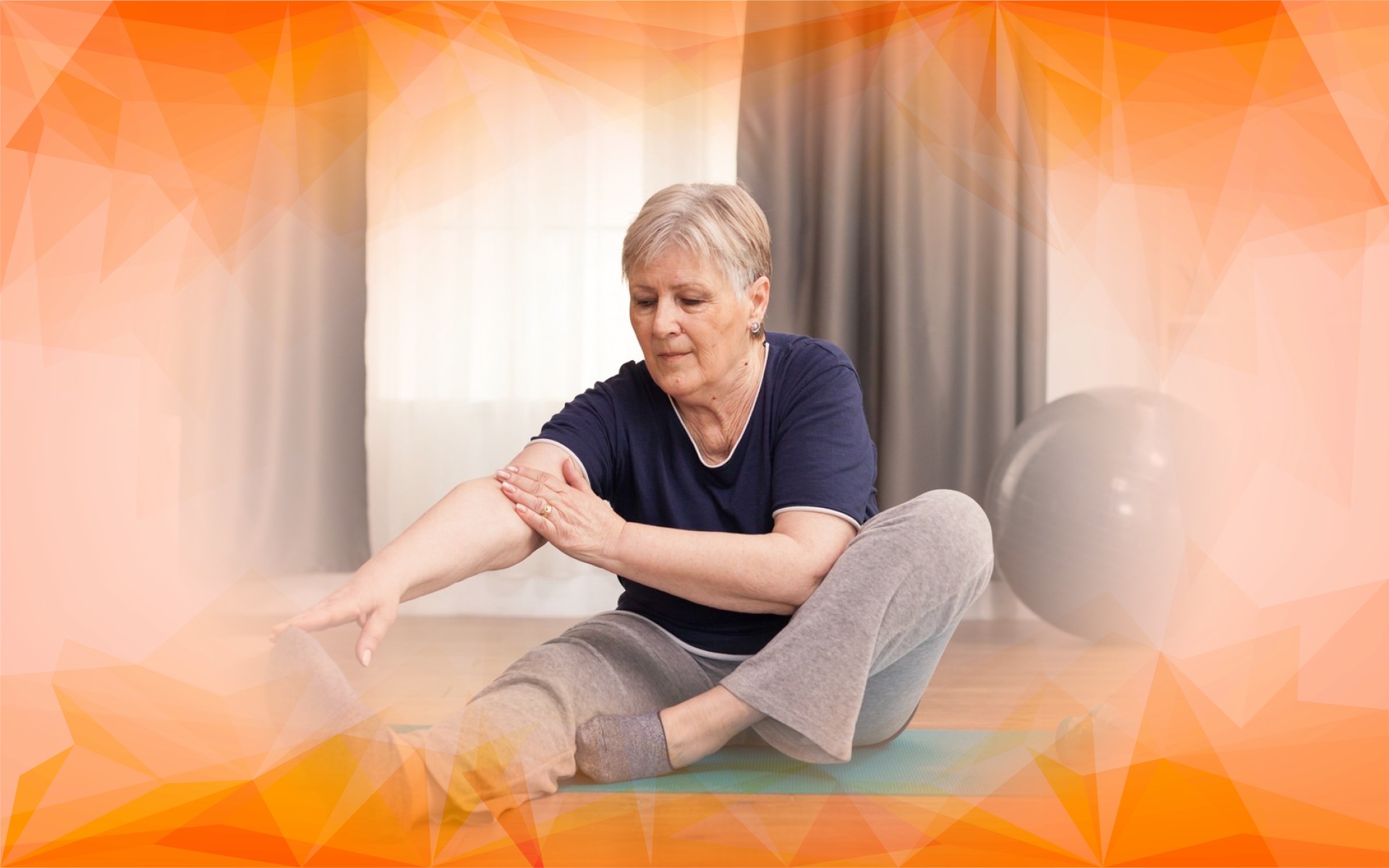Patellofemoral osteoarthritis (PF-OA) is a painful condition that affects the kneecap joint, making everyday movement difficult and lowering quality of life. Those living with PF-OA often struggle with ongoing pain and stiffness, which can turn simple activities into major challenges. Traditional treatments , whether medication, physiotherapy, or surgery, sometimes offer only short-term relief and may involve long recovery times and potential risks. This has led to a need for new, effective therapies. One of the most promising recent developments is Arthrosamid ® —an intra-articular injection that uses a unique material called polyacrylamide hydrogel . In this article, we’ll explore how Arthrosamid works, review the clinical evidence behind it, look at what patients can expect from the procedure, and discuss its long-term potential.
What Is Patellofemoral Osteoarthritis?
The patellofemoral joint is where the kneecap ( patella ) meets the thigh bone (femur), enabling your knee to bend and straighten smoothly. In patellofemoral osteoarthritis , the protective cartilage in this joint gradually wears away, causing the bones to rub together. This leads to pain, swelling, and limited movement.
PF-OA is surprisingly common—about one in five people over age 45 in England are affected. Doctors use an X-ray-based system called the Kellgren-Lawrence grade to determine the severity of osteoarthritis , looking at features like bone spurs and joint space narrowing. Other important factors—such as age and body mass index (BMI)—can influence how quickly the disease progresses and how severe symptoms become. To assess how much PF-OA impacts daily life, doctors commonly use the WOMAC score, a questionnaire that measures pain, stiffness, and difficulty with regular activities.
How Does Arthrosamid Work?
Arthrosamid contains a gel that is 97.5% water and 2.5% cross-linked polyacrylamide, a long-lasting polymer. This special polyacrylamide hydrogel behaves much like your body’s natural joint fluid : it restores thickness and lubricates the joint, helping bones move smoothly over each other.
By improving the quality of synovial fluid , Arthrosamid reduces friction and helps absorb shocks during everyday movement . The hydrogel also integrates into the joint tissue, creating a supportive network that promotes stability and better joint function. This process, called viscosupplementation , can provide pain relief and improved mobility without the need for invasive surgery.
What Does the Clinical Evidence Say?
Clinical studies have compared Arthrosamid injections (also called injectable polyacrylamide gel or iPAAG) to the commonly used hyaluronic acid (HA) treatments. The results have been encouraging.
At 26 weeks after treatment, Arthrosamid was found to be just as effective as HA in reducing pain , according to the WOMAC score. Even more impressive, after 52 weeks, Arthrosamid performed better than HA in certain groups—specifically people under 70 years old, those with a normal BMI, and patients with moderate osteoarthritis (Kellgren-Lawrence grades 2–3). These improvements were statistically significant, indicating they weren’t due to chance.
Recent research confirms that polyacrylamide hydrogel injections are both safe and effective for knee osteoarthritis . Studies also highlight that, while the overall safety and efficacy are well established, more research is needed to determine which types of patients see the greatest benefit. Some studies suggest that older adults, people with lower OA grades, those without diabetes , and patients with arthritis in both knees tend to respond better to this treatment.
Another key advantage of Arthrosamid is its convenience. Unlike HA treatments, which often require multiple injections over several weeks, Arthrosamid can typically be given as a single intra- articular injection under ultrasound guidance. This makes the process easier for both patients and clinicians, cutting down on repeated clinic visits.
What Can Patients Expect During Treatment?
The Arthrosamid injection process is straightforward and quick. After cleaning the area and numbing the skin with a local anaesthetic, a doctor uses ultrasound imaging to guide a fine needle into the knee joint and inject the gel. The whole procedure is usually completed within minutes, and only a simple dressing is needed afterward.
Most patients experience only mild and temporary side effects, such as slight swelling or some increased discomfort, which usually improves on its own within a short time. Arthrosamid has a strong safety profile built on over 20 years of clinical use, with no reports of serious long-term complications.
After the injection, patients may continue taking pain relief as needed and are encouraged to participate in a tailored rehabilitation program. Physiotherapy and targeted exercises can help restore joint function and support longer-lasting results from the injection.
Long-Term Benefits and Looking Ahead
One of the most exciting aspects of Arthrosamid is its long-lasting effect. Studies with follow-up periods of up to two and even three years show that patients experience sustained improvements in pain, stiffness, and mobility—often after just a single injection .
Looking ahead, additional research will help identify which patients benefit most, how long the effects last for different people, and whether repeat injections are needed over time. There’s also growing interest in combining Arthrosamid treatments with physiotherapy and advanced imaging, which could help tailor the therapy to each individual and further improve outcomes. Cost-effectiveness compared to other treatments is another area where more information will be helpful.
In summary, Arthrosamid is a safe, effective, and convenient new option for people with patellofemoral osteoarthritis . As a stable, non-biodegradable polyacrylamide hydrogel , it restores natural lubrication and cushioning in the knee joint , providing meaningful pain relief and better mobility. With a growing body of clinical evidence, Arthrosamid is becoming a valuable addition to the osteoarthritis treatment toolkit. Healthcare providers should keep an eye on ongoing research, which is likely to further clarify its role in managing this common and challenging condition.
References
- Gao, H. C. K., Akhtar, M., Creedon, C., Nar, Ö. O., Verma, T., & Lee, P. Y. F. (2025). Polyacrylamide hydrogel injections in knee osteoarthritis: A PROMs-based 24 month cohort study. Journal of Clinical Orthopaedics and Trauma. https://doi.org/10.1016/j.jcot.2025.103136
- Hernandez Peña, V. W., & Vidal, J. (2020). Patellofemoral osteoarthritis: how do patients behave? Brazilian Journal of Implantology and Health Sciences, 2(12), 07–18.
Frequently Asked Questions
AMSK Clinic stands out by offering advanced Arthrosamid® treatment using the latest ultrasound-guided techniques for precise injection. With extensive experience managing knee osteoarthritis, AMSK Clinic provides personalised care, high safety standards, and a comprehensive rehabilitation approach. This combination ensures patients receive leading, evidence-based therapy in a comfortable, patient-focused environment.
Arthrosamid® injection uses a polyacrylamide hydrogel to boost the knee’s natural lubrication and cushioning. This gel integrates with joint tissues, reduces friction, and absorbs shocks during movement. The result is supported pain relief, increased mobility, and improved joint function for individuals with patellofemoral osteoarthritis, all delivered at AMSK Clinic.
Patients at AMSK Clinic undergo a quick and straightforward procedure. Local anaesthetic is applied, and ultrasound imaging guides the Arthrosamid® injection into the knee joint. The treatment is performed by specialists with significant experience, and most patients can quickly resume normal activities with minimal side effects.
Clinical evidence shows that Arthrosamid® provides at least equivalent, if not better, pain relief than hyaluronic acid in specific patient groups. Arthrosamid® often requires just a single injection. Decades of clinical use confirm its excellent safety profile. AMSK Clinic utilises this innovative treatment to offer a reliable option for knee osteoarthritis.
While results can vary, clinical studies suggest Arthrosamid® particularly benefits certain groups, such as those under 70, with moderate arthritis and normal BMI. AMSK Clinic’s expert team performs individual assessments to determine appropriateness and provides tailored follow-up care and rehabilitation for optimal results in all eligible patients.




